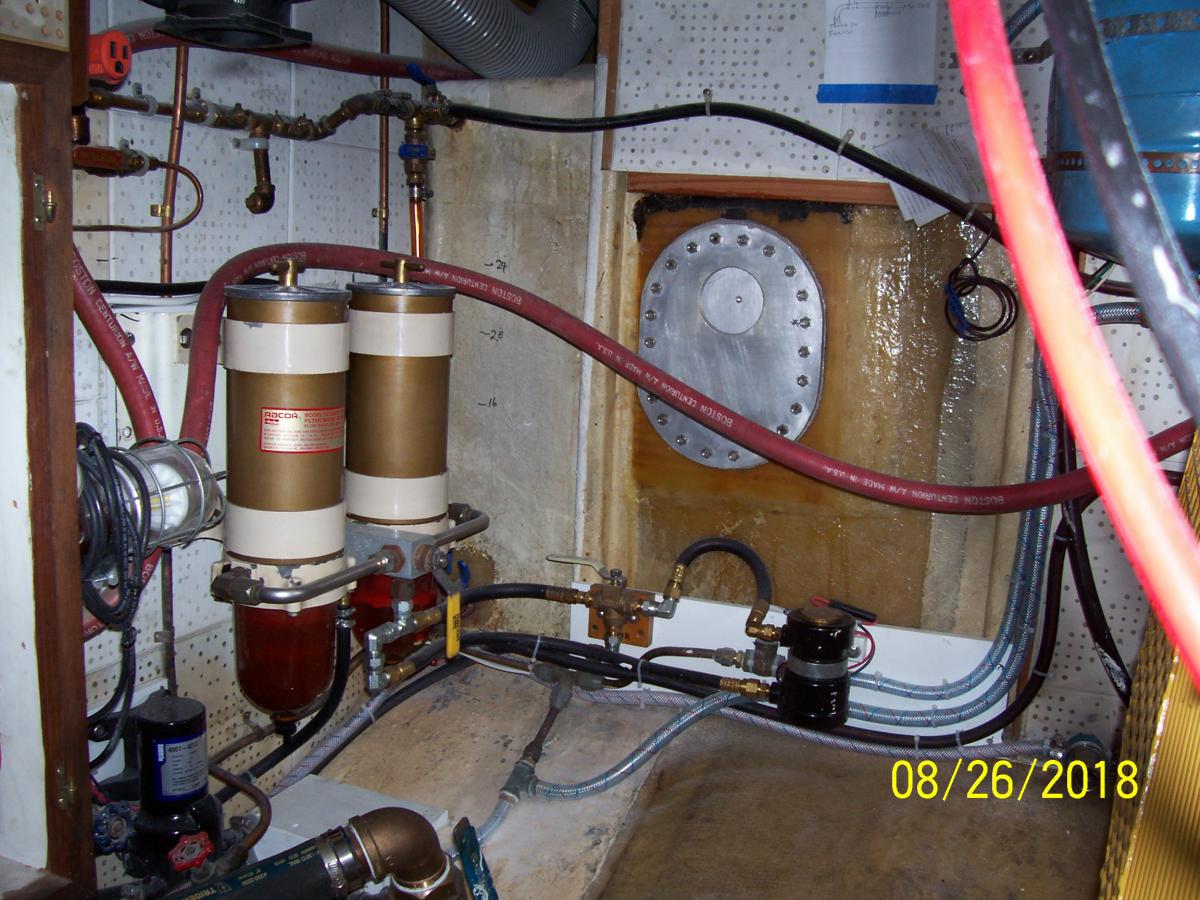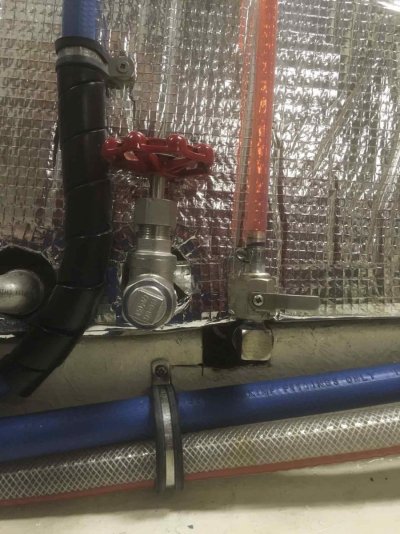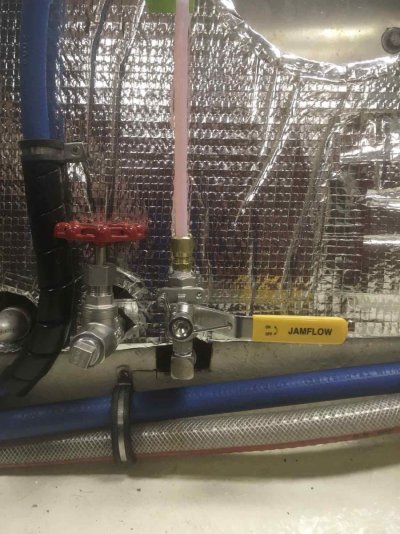bridaus
Senior Member
Embarked this morning on a bit of a flight of fancy...
My KK42 is at a new marina as of Tuesday of this week, that is another story in another thread... that I need to update.
This morning, I decided to layout a new fuel system, that I've been thinking about, since the original system in her now is suspect (no issues, just old and failed once on PO already). This is a project that I probably wouldn't start until April at the earliest.
Goals (some conflict with others as expected, therefore compromises will have to be made).
Possible controversial design ideas and related questions:
Please feel free to point out the errors of my ways, there may be many. I may have forgotten an entire concept. It's just a flight of fancy for now, as there are a lot of other things I have to do first before I even touch the fuel system.
My KK42 is at a new marina as of Tuesday of this week, that is another story in another thread... that I need to update.
This morning, I decided to layout a new fuel system, that I've been thinking about, since the original system in her now is suspect (no issues, just old and failed once on PO already). This is a project that I probably wouldn't start until April at the earliest.
Goals (some conflict with others as expected, therefore compromises will have to be made).
- Simplicity: Less stuff is less to break. I want the minimum components that would provide safe and reliable delivery.
- Electric priming. To me should have been standard equipment. The trouble everyone has bleeding these dang things, and for a few hundred bucks that can go away. And provide safety as well? Seems a no brainer to me. Plus, swapping in a spare is easy.
- Ability to move fuel from one tank to another: I consider this a safety and convenience feature. Adjust trim, polish a tank, move all bad fuel to one tank, etc. The boat has 7-800 gallon capacity, and will be coastal cruising for the next 5-10 years, and then maybe offshore after that.
- Fuel Polishing: In the design, it should be able to polish. Not a massive polishing system, but one that with regular use could get the worst out, and not require drilling more holes with more valves in tanks that could fail.
Possible controversial design ideas and related questions:
- No sight tubes (or should I?). If I'm offshore, and the electronic sensors fail, for one I should have already done the math to assure we'd make it with reserves, and with some rechecking of math and even running a tank to nothing I have electric prime to move to the other tank and continue.
- Inspection Plates: Could I replace them with plexiglass (fuel resistant?)? Backup fuel level for removing sight tubes.
- Remove on engine lift pump: Engine driven lift pumps have a small but real risk of breaking in a way that could strand you. With electric pump and spare plus four different spare battery sets I see this as an obvious choice for reliability.
- No shutoff valves at tank for returns. I'm not sure why they are needed, but I'm probably being an idiot here and someone will point out my errors.
- Do I need the check valve in the return line before the polishing system dumps fuel in the line? My feeling is that I don't want to accidentally push fuel backwards into the injection pump (not sure it can or not...).
Please feel free to point out the errors of my ways, there may be many. I may have forgotten an entire concept. It's just a flight of fancy for now, as there are a lot of other things I have to do first before I even touch the fuel system.
Attachments
Last edited:

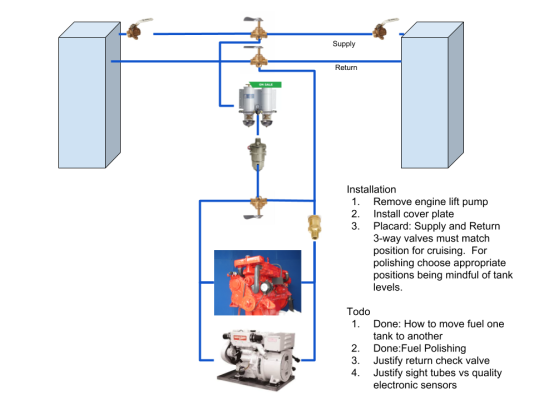
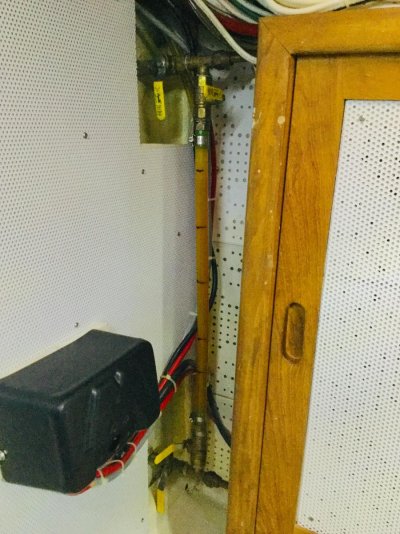
 -- so capacity of OE fuel tanks is 700 US Gallons.
-- so capacity of OE fuel tanks is 700 US Gallons. 


